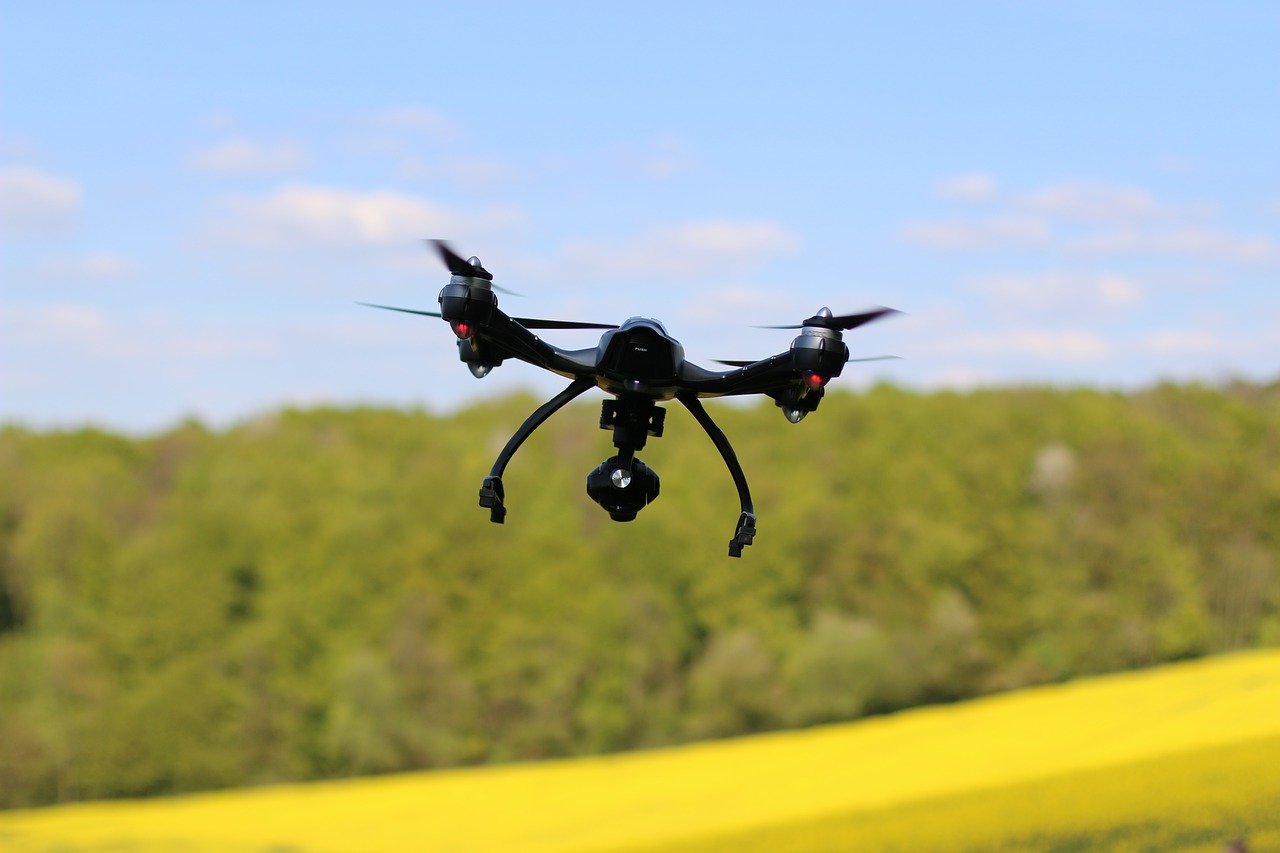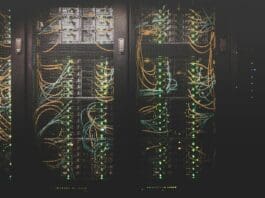This post is also available in:
 עברית (Hebrew)
עברית (Hebrew)
One of the challenges commercial drone operators are concerned with is the limited flight time constrained by battery capacity.
The startup WiBotic offers wireless charging and power optimization solutions for the aerial, mobile, marine, and industrial robot market. Its Adaptive Matching technology offers a new method for inductive power transfer that the company says provides the power levels needed for drones and other flying devices.
Their solution not only maximizes the battery life of each battery, it also includes an operational plan for the entire collection of batteries in a robot fleet.
The core of the solution is patented wireless charging technology designed to provide high power and high efficiency while maintaining maximum flexibility and charge range.
Optimization solutions provide detailed monitoring of battery charge parameters through software libraries. Combined with the strategic deployment of wireless charging hardware, these software features are designed to optimize the uptime of drones.
This wireless charging solution also handles recharge scheduling; they are designed to clear the way for multiple robots to charge from the same transmitter at different times.
The technology is based on the strengths of both inductive and resonant systems as it incorporates the best of both.
The use of electromagnetic fields as a source of electricity dates back to the late nineteenth century when Nikola Tesla first demonstrated the transmission of electricity without wires. The wireless methodology is well known, but the design of transmitters, their location, maximizing efficiency, and the need for a validated behavior of the entire system represent a complex challenge that requires specific skills and the use of advanced tools such as numerical simulation. The methods used by the most common WPT systems are inductive coupling or MRI, each of which has strengths and weaknesses.
The most common of the methods is the inductive one — as typically found in consumer devices. Unfortunately, they are only efficient when the antennas are extremely close together. Robots and drones cannot position themselves precisely enough to make sure that the inductive systems provide a reliable charge.
Magnetic resonance technology is the latest technology that offers much more flexibility in positioning. However, typical resonance systems have a special area where maximum efficiency can be exploited. If the robot stops briefly or is off-center, however, efficiency is reduced, and charging times increase, according to uasvision.com.




